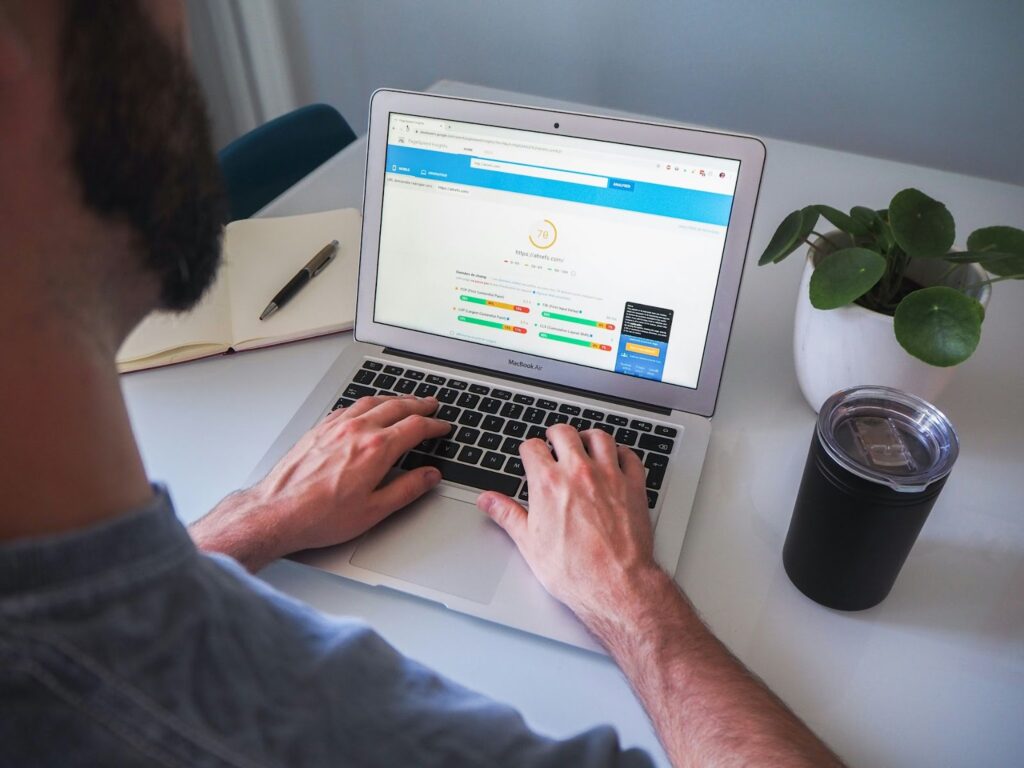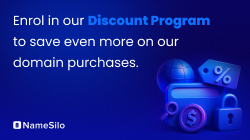- Joined
- Oct 12, 2023
- Posts
- 135
- Reaction score
- 50
Does your website drive a lot of traffic – but the sales are not growing as much? A healthy conversion rate is a key measure of success for an ecommerce website. What can be done to boost the performance quickly?
A conversion rate is defined as the share of website visitors or app users who have taken a specific action – for example, signed up for a newsletter, requested a quote or, in the case of ecommerce website, placed an order. You can check your conversion rate using Google Analytics, Adobe Analytics or similar platforms that track conversions on your website.
Importantly, in previous versions of Google Analytics, conversion rate was calculated as:
Importantly, in Google Analytics 4, you can measure conversion rate using two metrics:

To understand whether your website demonstrates a healthy conversion rate, you can benchmark it to industry averages, adjusted by device and region. If it’s significantly lower than the benchmark, it’s time to take action.

Source: FirstPageSage
Achieving optimal conversion rates is like swimming against the current. New ways to shop in one click on retailer websites and social media make consumers less tolerant to substandard user experience on the website. Over a quarter of the U.S. respondents say they would opt in for competition after 1-2 negative online experiences with a brand.
On the other hand, data privacy regulations impact the availability of third-party data, making it more challenging to analyse and optimize user journeys. Yet your customers expect seamless experiences, personalized approach and a smooth path to purchase (if they decide to make one).
As the old quote goes, “here we must run as fast as we can, just to stay in place. And if you wish to go anywhere you must run twice as fast as that.” But fear not – we got you covered with five actionable and data-backed tips to enhance your website’s conversion rate fast.
Imagine you’re trying to order something, and each step to complete a purchase takes a good 10 seconds. Would you stay or would you bounce off? Website speed directly affects user experience and, in turn, conversion rate. If your site loads in 1 second, your conversion rates could triple compared to a 5-second load time.
To speed up your website, you might want to consider:

Source: Unsplash
Call-to-action buttons like ‘Buy’, ‘Get now’ or ‘Subscribe’ are a basic must-have for any website that wants users to take action. Prominent, clear – and, most importantly, working well when clicked on – CTA buttons ensure that the user journey continues smoothly.
Industry- and product-relevant CTAs are the next level to take on – for example, a company selling domain names might use a CTA like ‘Buy on [Name of Registrar]”. But the real growth hack are the personalised CTAs dynamically adjusting to users. According to Hubspot, personalized CTAs convert 202% better than the generic ones.
Some CTA experiments you might want to explore:

Source: Pexels
How often do you read reviews before purchase? You’re not alone – according to Brightlocal, 47% of consumers trust customer testimonials and peer reviews when shopping. However, the prevalence of fake reviews has led to increased skepticism, with only 42% of consumers trusting reviews as much as personal recommendations.
What can you do to use reviews for your benefit:

Source: Unsplash
A/B testing – or showing different versions of a landing page to different cohorts of users – allows comparing the performance of website elements and how they impact conversions. In fact, 60% of companies use A/B testing on their websites.
To make A/B testing work hard for you:
We’ve already discussed the importance of intuitive site navigation for user experience – however, it can have a major impact on conversions as well. The recent case studies show that it can boost conversion rate by 18.5% if done correctly.
When revising your navigation menu:
Improving your website’s conversion rate is an ongoing process tracked at least on a monthly basis – or more often if you see a revenue decline in daily or weekly reports. It requires attention to detail, but it rewards with an engaging experience that drives conversions.
Keen to make your website work harder for your business? Visit it.com Domains blog and follow us on social media.
Continue reading at the it.com Domains blog...
What is a conversion rate and how to find it?
A conversion rate is defined as the share of website visitors or app users who have taken a specific action – for example, signed up for a newsletter, requested a quote or, in the case of ecommerce website, placed an order. You can check your conversion rate using Google Analytics, Adobe Analytics or similar platforms that track conversions on your website.
Importantly, in previous versions of Google Analytics, conversion rate was calculated as:
- Sessions with conversions / All sessions = Conversion rate (%)
Importantly, in Google Analytics 4, you can measure conversion rate using two metrics:
- Session key event rate rate: the number of sessions with a key event divided by the total number of sessions
- User conversion rate: the number of users who triggered a conversion event divided by the total number of users

To understand whether your website demonstrates a healthy conversion rate, you can benchmark it to industry averages, adjusted by device and region. If it’s significantly lower than the benchmark, it’s time to take action.

Source: FirstPageSage
Achieving optimal conversion rates is like swimming against the current. New ways to shop in one click on retailer websites and social media make consumers less tolerant to substandard user experience on the website. Over a quarter of the U.S. respondents say they would opt in for competition after 1-2 negative online experiences with a brand.
On the other hand, data privacy regulations impact the availability of third-party data, making it more challenging to analyse and optimize user journeys. Yet your customers expect seamless experiences, personalized approach and a smooth path to purchase (if they decide to make one).
As the old quote goes, “here we must run as fast as we can, just to stay in place. And if you wish to go anywhere you must run twice as fast as that.” But fear not – we got you covered with five actionable and data-backed tips to enhance your website’s conversion rate fast.
5 tips to improve conversion rate
- Increase page load speed
Imagine you’re trying to order something, and each step to complete a purchase takes a good 10 seconds. Would you stay or would you bounce off? Website speed directly affects user experience and, in turn, conversion rate. If your site loads in 1 second, your conversion rates could triple compared to a 5-second load time.
To speed up your website, you might want to consider:
- Optimizing images: compress and resize to make sure they load quicker.
- Leveraging browser caching: store frequently accessed resources locally.
- Minimizing HTTP requests: each request to a server to execute a website code takes time. When you streamline the code, the number of server requests goes down, leading to a faster page load.
- Using content delivery networks (CDNs): distribute content across multiple servers (for larger, multinational websites serving users globally).

Source: Unsplash
- Experiment with calls-to-action (CTAs)
Call-to-action buttons like ‘Buy’, ‘Get now’ or ‘Subscribe’ are a basic must-have for any website that wants users to take action. Prominent, clear – and, most importantly, working well when clicked on – CTA buttons ensure that the user journey continues smoothly.
Industry- and product-relevant CTAs are the next level to take on – for example, a company selling domain names might use a CTA like ‘Buy on [Name of Registrar]”. But the real growth hack are the personalised CTAs dynamically adjusting to users. According to Hubspot, personalized CTAs convert 202% better than the generic ones.
Some CTA experiments you might want to explore:
- Personalized CTAs based on past behaviour, device, location, or referral source.
- Optimize CTAs for mobiles – make them easily clickable on small screens or use sticky buttons which follow the user as they scroll.
- Create urgency with time-sensitive language (e.g. Buy with x% off today)
- Increase the size of the CTA button which can boost conversion rate by up to 90%.
- Test color, size and placement variations to find the perfect combo.
Source: Pexels
- Build trust with reviews
How often do you read reviews before purchase? You’re not alone – according to Brightlocal, 47% of consumers trust customer testimonials and peer reviews when shopping. However, the prevalence of fake reviews has led to increased skepticism, with only 42% of consumers trusting reviews as much as personal recommendations.
What can you do to use reviews for your benefit:
- Show verified reviews – integrate your website with platforms that authenticate reviews (e.g. from people who actually bought your product or service).
- Respond to feedback, whether positive or negative, to show transparency.
- Feature testimonials and UGC prominently to show real-word engagement with your products.

Source: Unsplash
- Incorporate A/B testing in your marketing program
A/B testing – or showing different versions of a landing page to different cohorts of users – allows comparing the performance of website elements and how they impact conversions. In fact, 60% of companies use A/B testing on their websites.
To make A/B testing work hard for you:
- Pick key elements to test – like headlines, images, CTAs and layouts.
- Get goals and what success looks like for each test.
- Test one variable at a time – don’t test multiple elements or a combo to better understand what moves the needle.
- Optimise navigation for user experience (UX)
We’ve already discussed the importance of intuitive site navigation for user experience – however, it can have a major impact on conversions as well. The recent case studies show that it can boost conversion rate by 18.5% if done correctly.
When revising your navigation menu:
- Simplify the structure and limit the number of items in the menu to avoid confusion.
- Use descriptive labels (and icons where applicable) to indicate where each link leads.
- Use breadcrumbs (a horizontal bar of links, often near the top of a page, indicating the path from the home page to the current page) to help users understand where they are on your website.
- Make sure your navigation is mobile-responsive and works well on all devices.
- Highlight promotions, new products and other specials with prominent banners and icons.
Improving your website’s conversion rate is an ongoing process tracked at least on a monthly basis – or more often if you see a revenue decline in daily or weekly reports. It requires attention to detail, but it rewards with an engaging experience that drives conversions.
Keen to make your website work harder for your business? Visit it.com Domains blog and follow us on social media.
Continue reading at the it.com Domains blog...



















